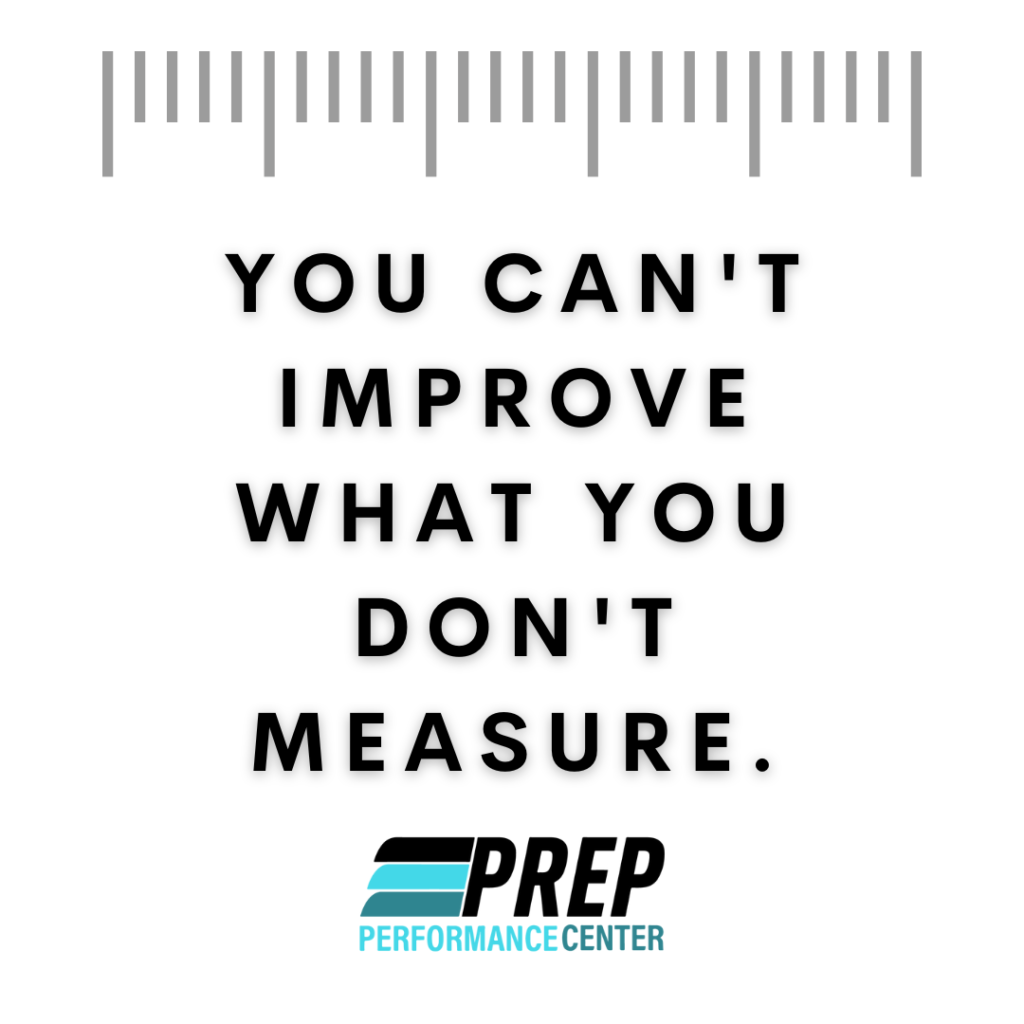How to get higher clicks in Irish Dance? How to jump higher during my leaps? How can I increase my toe height?
These are many questions you and many of your friends are asking yourselves during and after dance practice. Your teacher is constantly saying click higher, jump higher, and stay on your toes. But no matter how many times you run your steps, and you try to focus on toe height or getting those clicks higher, your body just won’t let it happen without other things like your posture falling apart. You become a woodpecker and while your click height improves, your posture takes the hit.
Irish dancers are athletes and they need to train like athletes. Some of the greatest athletes of all time, the GOAT as some refer to it, spend more time training out of their sport than training in their sport. Think Michael Jordan, Simone Biles, and Tom Brady. That is because you have to have a solid foundation and fundamentals of movement before you can move on to more advanced skills like leaping, clicking, and spinning in the air.
That’s where Performance Therapy comes in. It’s a blend of performance training and injury prevention techniques that together will yield an improvement in overall performance, quality of movement, and reduced risk of injury. Performance Therapy takes a medical approach to performance just like the Apple watch takes a medical approach to health and wellness by measuring your heart rate, blood pressure, and steps for example.
There are 29 muscles that attach to the hip and pelvis along with ligaments that stabilize our joints. While stretching the wrong muscles or creating ligament laxity may lead to higher clicks in the short term, it can also lead to injury overtime. The risk may not be worth the reward in my opinion.
That is why we take this approach. It isn’t always fun and flashy, but it yields the results you want.
You can’t improve what you don’t measure.
This means we can’t improve your click height, if we don’t know what is limiting you.

The reason why we take this approach is to give you the most effective program to help you reach your goals to get higher clicks. There are many reasons why you don’t have the click height you desire, however one size does not fit all and that is where our Performance Therapy Movement Assessment comes in. Through our ARSI Movement Assessment, we identify strengths and weaknesses, mobility and flexibility deficits, as well as balance and coordination difficulties. We analyze the results and, from there, we can determine the most effective and research driven way to help you achieve your goals.
We believe this approach is optimal for each dancer as it provides a medical approach to improving your performance without sacrificing joint stability, joint integrity and muscle strength that can often lead to overuse or traumatic injuries.
Download our Click Height Assessment below to help you identify some of these limitations yourself. Give this a try, score yourself and read our blogs for a more specific program that will help you improve your clicks height based on your results.
In order to achieve the optimal click height, there are MANY things to consider. We have developed these exercise programs to help you follow a more systematic approach to improving your click height, posture and overall dance performance.




